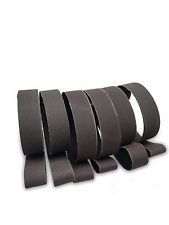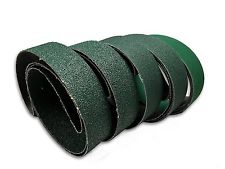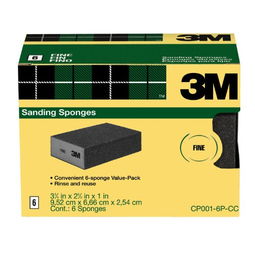Understanding Grit for Sanding Wood: A Comprehensive Guide
When it comes to woodworking, achieving a smooth and polished finish is essential. One of the key steps in this process is sanding, and the right grit can make all the difference. In this article, we will delve into the world of sanding wood, focusing on the importance of grit and how to choose the right one for your project.
What is Grit?

Grit is a term used to describe the coarseness or fineness of sandpaper. It is measured in numbers, with lower numbers indicating a coarser paper and higher numbers indicating a finer paper. For example, 80-grit sandpaper is coarser than 120-grit sandpaper.
The grit size determines the size of the particles on the sandpaper. Coarser grits have larger particles and are used to remove material quickly, while finer grits have smaller particles and are used to achieve a smoother finish.
Choosing the Right Grit for Your Project

Selecting the appropriate grit for your sanding project is crucial. Here are some guidelines to help you make the right choice:
| Project | Recommended Grit Range |
|---|---|
| Removing Large Amounts of Material | 40-60 grit |
| Smoothing Wood Surfaces | 80-120 grit |
| Finishing and Polishing | 150-220 grit |
| Finishing Touches and Detail Work | 240-320 grit |
It’s important to note that you may need to use multiple grits during the sanding process. For instance, you might start with a coarser grit to remove material and then switch to a finer grit for smoothing and finishing.
Types of Sandpaper

Sandpaper comes in various forms, each with its own advantages and uses:
- Coarse Grit Sandpaper: This type of sandpaper is ideal for removing large amounts of material quickly. It is often used for initial sanding or when working with rougher wood surfaces.
- Medium Grit Sandpaper: Medium grit sandpaper is versatile and can be used for a variety of sanding tasks, including smoothing wood surfaces and preparing them for finishing.
- Fine Grit Sandpaper: Fine grit sandpaper is perfect for achieving a smooth finish and removing any remaining imperfections. It is often used for finishing and polishing.
- Very Fine Grit Sandpaper: Very fine grit sandpaper is ideal for detail work and achieving a high-quality finish. It is often used for finishing touches and polishing.
Using Sandpaper Effectively
Using sandpaper effectively is essential for achieving the best results. Here are some tips to help you sand wood like a pro:
- Choose the Right Sandpaper Type: Select the appropriate type of sandpaper based on the grit size and the specific task you are performing.
- Use the Right Sanding Technique: Sand in the direction of the wood grain to avoid creating swirl marks. Apply even pressure and move the sandpaper in a smooth, consistent motion.
- Change Sandpaper Regularly: Replace the sandpaper when it becomes clogged with wood particles. This will ensure that you maintain a consistent and effective sanding process.
- Use Sanding Blocks and Sanding Sheets: Sanding blocks and sheets can help you achieve a more even and controlled sanding process, especially when working on curved or intricate surfaces.
Conclusion
Understanding grit and choosing the right sandpaper for your wood sanding project is crucial for achieving a smooth and polished finish. By following the guidelines and tips provided in this article, you can sand wood like a pro and create beautiful, high-quality woodworking projects.
